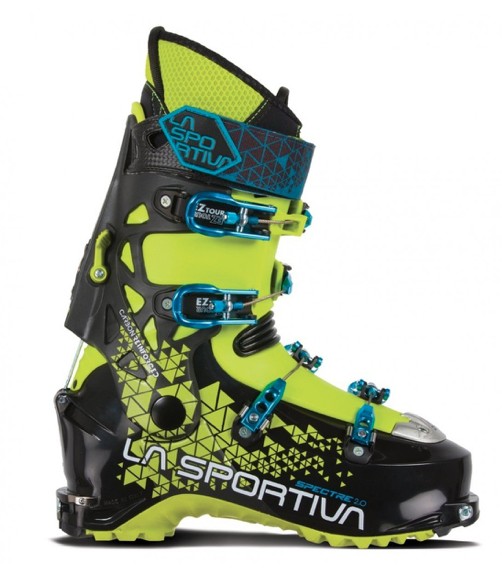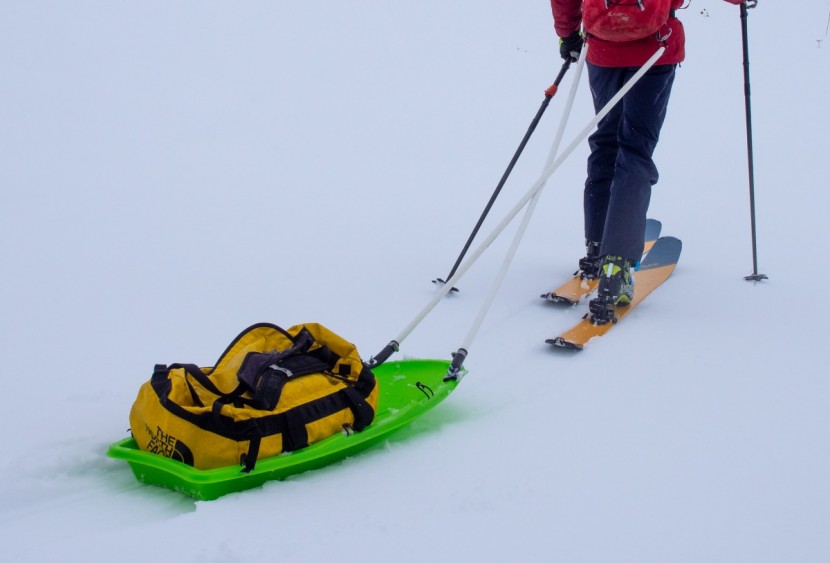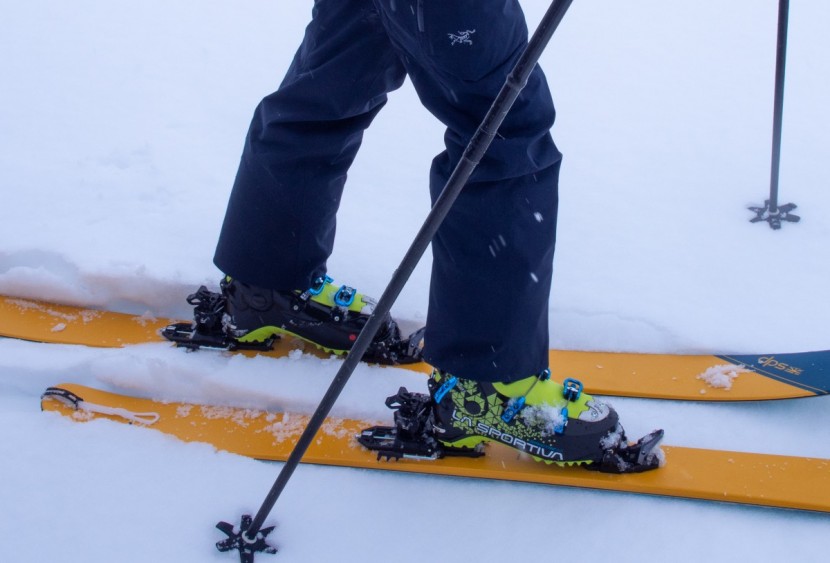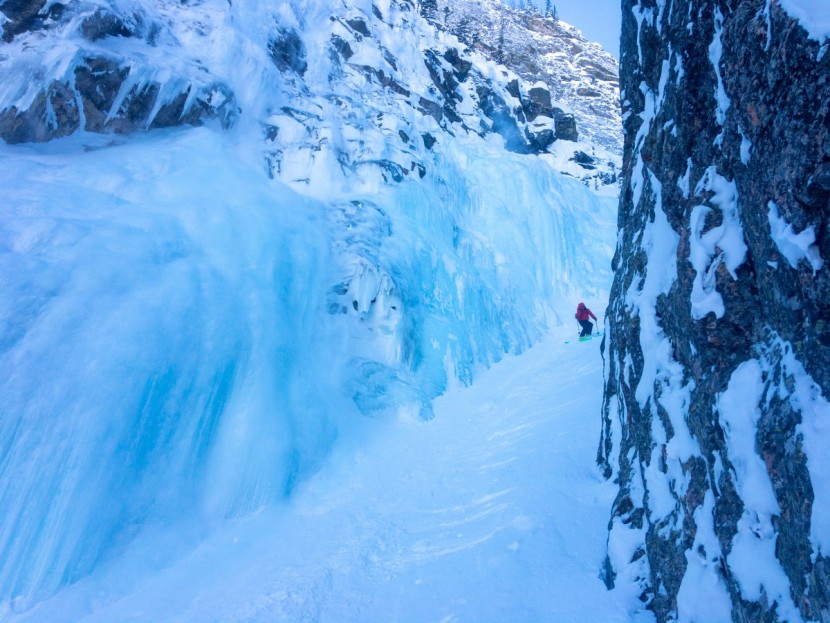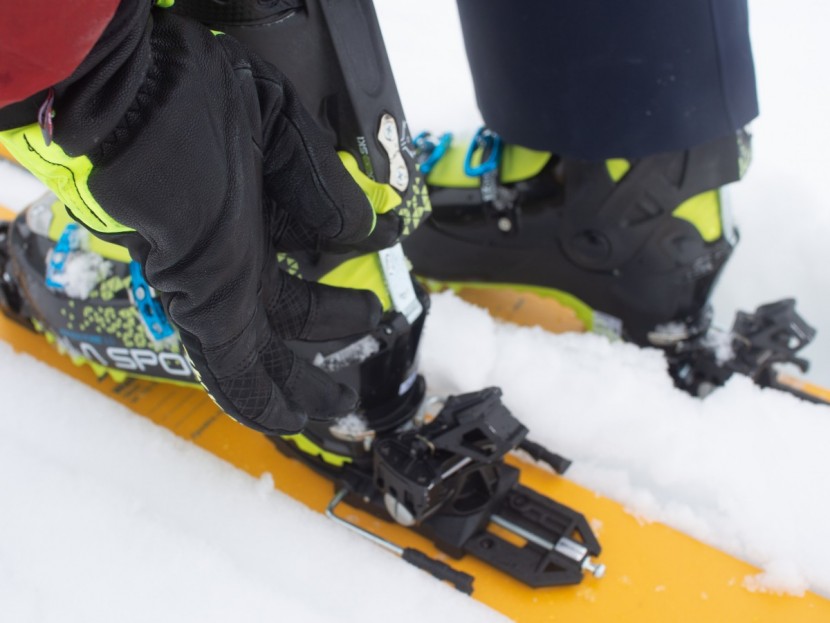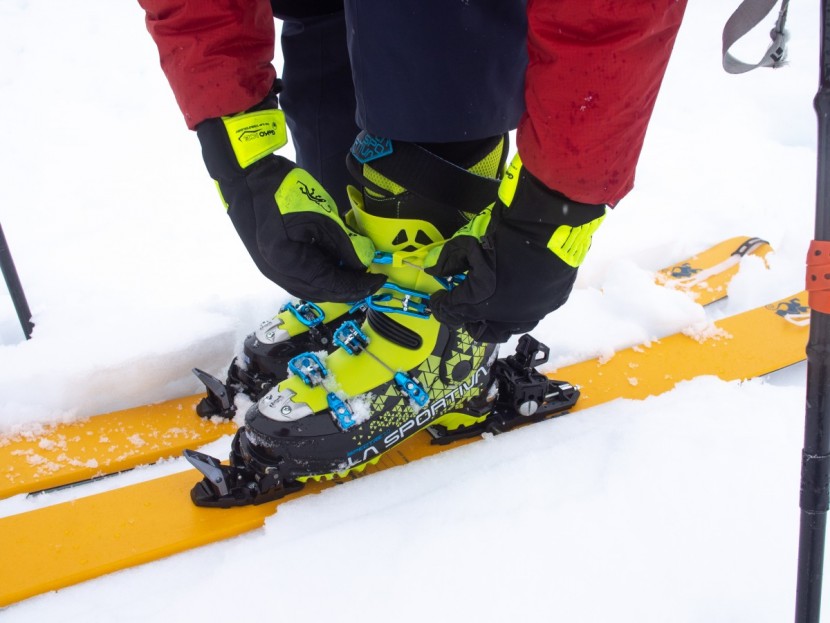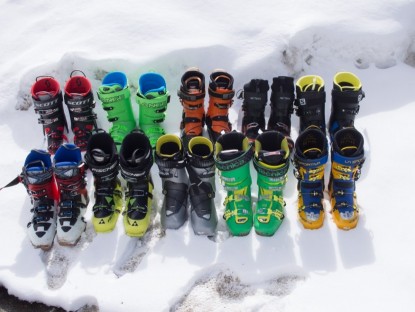La Sportiva Spectre 2.0 Review
Our Verdict
Our Analysis and Test Results
The original version of the Spectre was, for a time, the “world's lightest four-buckle ski touring boot”. As it is now, the market has caught up, and other boots are lighter. Nonetheless, La Sportiva gained some loyal fans with the launch of their boot line a few years ago, and the Spectre 2.0, as their flagship ski boot, could have even wider appeal.
Performance Comparison
Uphill Performance
There are basically three classes of AT ski boots we reviewed. There are the ultralights, represented by the Editors' Choice Dynafit TLT 7 and Scarpa Alien RS. At the other end of the spectrum are the overlap-constructed Top Pick Lange XT FreeTour. In between are what have come to be known as your “standard” ski touring boots.
The Spectre, with four buckles and a rather traditional construction, sits in this subcategory. In terms of uphill performance, however, it comes in closer to the ultralight boots. The fore and aft ankle mobility is better than many of the other standard touring boots. Thanks to carefully tuned pivots, a walk/ski mode that has minimal friction, and a thin liner with flex points built in, the ankle mobility is primo. In our review, only those with more non-traditional construction tour better than the Spectre 2.0.
Weight
The Spectre is among the lightest four-buckle boots in our test. For those shopping for this traditional form-factor, the regular four-buckle touring boots are better distinguished by fit and downhill performance than by weight.
The lighter boots all achieve that weight with the elimination of buckles and thinning of the shell plastic. The heavier boots (and some of the lighter boots) in our test all ski better than the Spectre 2.0.
Downhill Performance
Despite the proliferation of boots and despite this being, currently, La Sportiva's second most downhill-oriented ski boot, the downhill performance is nothing notable. Some lighter and better touring options still ski at least slightly better than the Spectre. There are similarly weighted and more comfortable boots on the market that ski better than the Spectre.
The downhill performance of the Spectre isn't poor; it's just that the other manufacturers have put a great deal of “R and D” into the skiability of their boots, and the market as a whole has raced ahead. This model is relatively soft in lateral and rearward flex, while the average forward flex is hindered by a rather non-progressive, hitting-the-wall sort of flex pattern. If the Spectre fits you, and you are a technically proficient skier, the downhill performance will be fine. If you are looking for something tuned for the downhill, look elsewhere.
Comfort and Fit
The La Sportiva, with a low-volume last and a thin liner, takes some careful fit adaptation. Only those with very low arches will find the Spectre suitable “out of the box”. The 2.0 version of the Spectre leaves a little more room over the arch than the original, but it is still “flatter” there than any other boot in our test.
The toe box is average in roominess, with more space than many top performers, but far less than the space in the other Italian boots we have assessed. All of our testers found the thin liner of the Spectre to be more similar to that of the ultralight boots than to the liners included with the other “mid-range” AT boots we tested. The thin liner is nice and light, with great range of motion in tour mode, but it leaves bony foot and ankle protrusions prone to pressure points.
Warmth
The thin liner and lightweight shell construction conspire against the Spectre. It is better compared, again, to the ultralight class of boots in this performance metric.
It is similar in insulating value to the ultralight boots in our test.
Ease of Use
In terms of ease of use, there are a few things to get used to, but the La Sportiva model is quite clever. First, the buckles are completely non-traditional. To lighten the boot up, the buckles are redesigned entirely. The snap-style attachments take some getting used to but are actually super secure and easy to use, once the wearer is accustomed.
Similarly, the ski/walk mode lever is reversed from what is normal. For those brand new to AT ski boots, this won't be any problem at all. You won't know the difference. If you are switching from another model of boot, however, the fact that the Spectre lever goes up to ski and down to tour is opposite of every other boot on the market.
Value
There is nothing incredibly notable about the Spectre 2.0. However, when you consider its low retail price and wide availability of discounts, it is an excellent value. It remains to be seen, but with the original Spectre, La Sportiva retailers offered huge discounts. We'd wager that the vast majority of original Spectre boots in circulation got there purchased well below retail price. If and when similar incentives are offered on the 2.0, this will be an even more excellent value.
Conclusion
Thousands of users have been happy with La Sportiva ski boots. At OutdoorGearLab, we have the benefit of comparing the best of the best to one another. In these comparisons, other products are better than the Spectre. In isolation, however, most users won't know the difference and will be quite pleased with the Spectre 2.0. When you consider value, the Spectre 2.0 stands out even further.
There is nothing special about the overall scoring of the Spectre. However, it doesn't score the lowest, and the price is the lowest. For this reason, it gets our Best Buy award.


